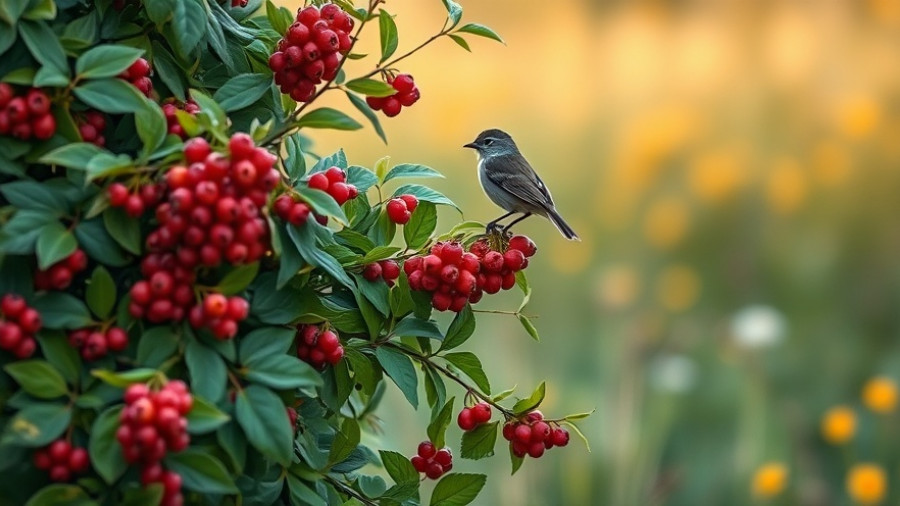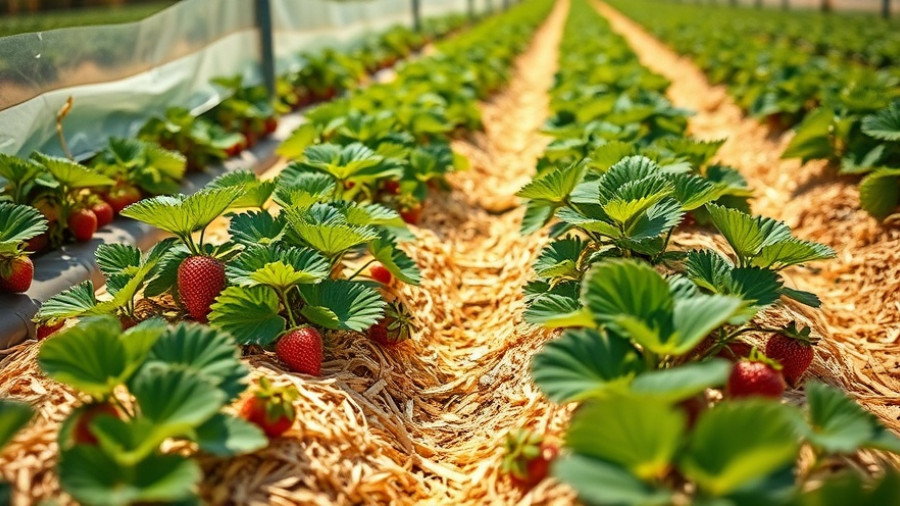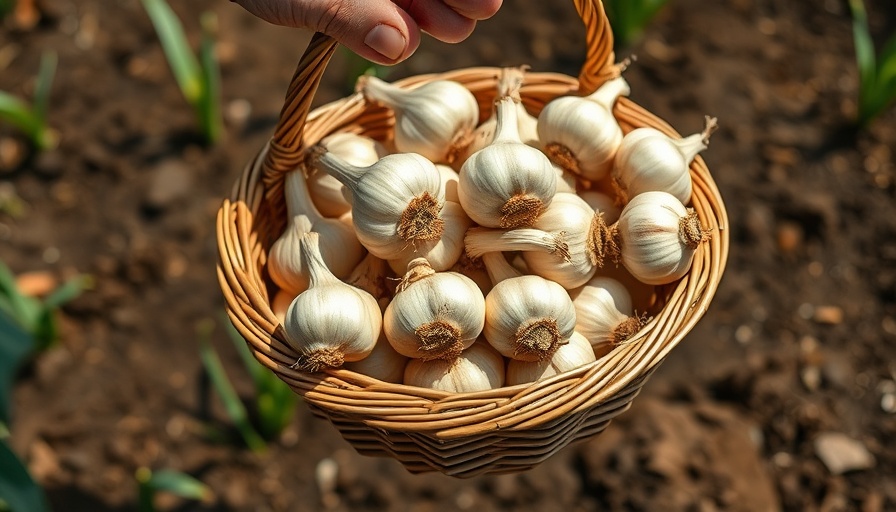
Maximizing Space: Creative Small Backyard Design Ideas
Small backyards can turn into cozy havens of relaxation with the right design elements. If you are an outdoor living lover, there are countless options available to transform your compact space into a functional and beautiful sanctuary. Whether your goal is to create a lively entertaining area or a serene retreat, incorporating smart design choices will enhance your outdoor experience. In this article, we’ll explore innovative ideas for small backyard transformations that prioritize both aesthetics and usability.
In small BACKYARD DESIGN, the video showcases various design elements that can transform compact spaces, leading us to explore these creative possibilities on a deeper level.
Design Your Perfect Outdoor Kitchen
Outdoor kitchens are becoming increasingly popular as they expand livable spaces and enhance outdoor gatherings. For small backyards, consider compact outdoor kitchen designs with built-in grills, mini fridges, and cozy seating. A well-placed island can not only serve as a prep area but also as an inviting gathering spot for friends and family. Utilizing vertical space for storage and incorporating easy-to-clean materials can help maximize functionality while maintaining style.
Creating a Relaxing Paver Patio
Paver patios offer durability and aesthetic appeal while being perfect for tight spaces. A well-styled paver patio can serve as the foundation for a small outdoor living area. When designing your patio, consider going for a circular layout or a small square that allows easy movement and provides room for furniture. Add color with vibrant cushions or potted plants to liven up the space, creating a delightful atmosphere for relaxation or socializing.
Gardening in Small Spaces: Container Gardening Tips
Container gardening provides an excellent solution for those with limited yard space while allowing for personal expression. You can mix and match different plants in containers, maximizing both beauty and productivity. Consider using raised garden beds or tiered planter boxes to create visual interest and make the most of your plant selection. Be sure to choose plants that thrive in your climate and incorporate seasonal planting guides to keep your garden flourishing year-round.
Enhancing Ambiance with Landscape Lighting
Installing landscape lighting can dramatically change the atmosphere in a small backyard. Use solar-powered lights or LED fixtures to illuminate pathways and create focal points in your landscaping. String lights can charm up any gathering space, turning an ordinary evening into an unforgettable experience. By highlighting your favorite plant choices or architectural features, lighting can extend the usability of your outdoor space well into the evening.
Making Room for a Fire Pit
A fire pit can serve as a stunning centerpiece for small backyards while providing warmth and ambience. Opt for a built-in design or a portable fire pit that can be moved around to suit your needs. Surround the area with comfortable seating, such as benches or foldable chairs, allowing for gatherings of family and friends. This element elevates the overall appeal of the backyard and provides a perfect setting for storytelling or enjoying warm drinks under the stars.
In conclusion, transforming your small backyard into a beautiful outdoor oasis is not just possible; it can be an exciting adventure! By utilizing these backyard makeover ideas, incorporating an outdoor kitchen, enhancing your space with a paver patio, engaging in container gardening, illuminating with landscape lighting, and maybe even adding a fire pit, you can create a haven that truly reflects your style and meets your needs. Don't shy away from infusing your unique touch into the project—remember, the heartbeat of a backyard is in its design!
Ready to start your backyard transformation? These ideas are just the beginning! Take the leap and explore further—uniquely design your outdoor space into a sanctuary you'll love.
 Add Row
Add Row  Add
Add 




Write A Comment